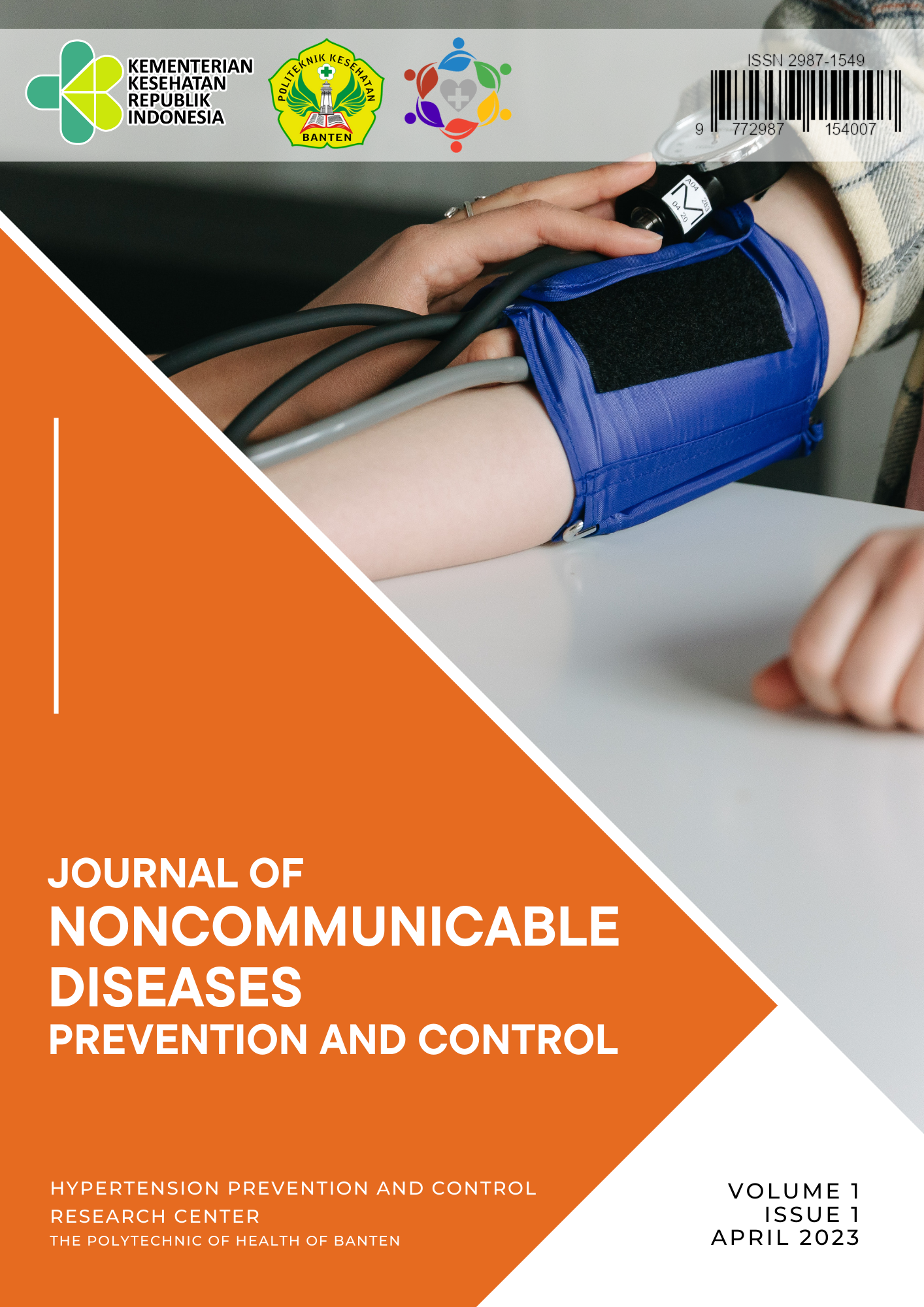Hematocrit and Hemoglobin Levels in Pregnant Women with Preeclampsia in Palembang City
DOI:
https://doi.org/10.61843/jondpac.v1i1.493Keywords:
hemoglobin, preeclampsia, pregnancy, hematocritAbstract
Preeclampsia is a collection of symptoms that arise in pregnant, maternity, and postpartum women in the form of hypertension, edoema, and proteinuria that appear in the 20th week of pregnancy until the end of the first week after delivery. Several parameters of hematological examination in pregnant women are hematocrit and hemoglobin levels, which are suspected to be different between normal pregnant women and pregnant women who have preeclampsia. This study aims to determine the levels of hematocrit and hemoglobin in pregnant women with preeclampsia at RSIA Rika Amelia Palembang in 2021. This research is descriptive in nature, with a total sample size of 105 patients. The results of the study showed that the average hematocrit level in preeclamptic pregnant women was 37% and the hemoglobin level was 12 g/dl. Statistical tests showed no difference in hematocrit levels based on the mother's age (p-value = 0.678) or gestational age (p-value = 0.226). Meanwhile, for the hemoglobin level parameter, statistical tests showed no difference in hemoglobin levels based on the mother's age (p-value = 0.386) or gestational age (p-value = 0.104). It can be concluded that there is no difference in hematocrit and hemoglobin levels in preeclamptic pregnant women based on age and gestational age.
Downloads
Downloads
Published
How to Cite
Issue
Section
License
The Journal of Noncommunicable Diseases Prevention and Control applies the Creative Commons Attribution 4.0 International (CC BY) License, or other comparable licenses that allow free and unrestricted use to articles we publish. If you submit your manuscript for publication by the Journal of Noncommunicable Diseases Prevention and Control, you agree to have the CC BY license applied to your work. If your institution or funder requires your work or materials to be published under a different license or dedicated to the public domain - for example, Creative Commons 1.0 Universal (CC0) or Open Governmental License - this is permitted for those licenses where the terms are equivalent to or more permissive than CC BY.
















